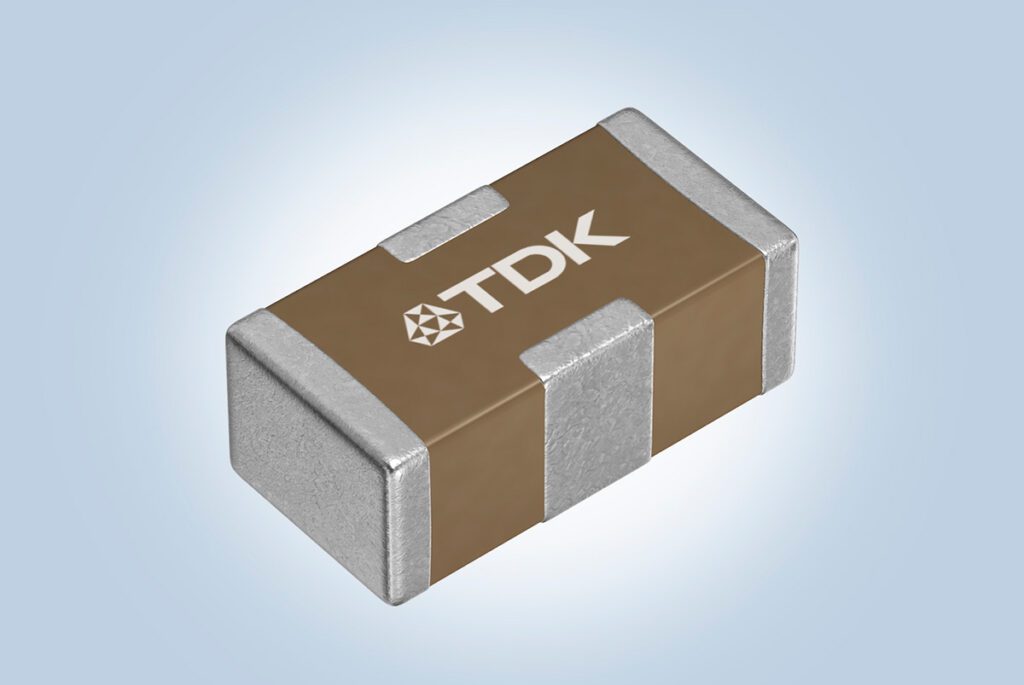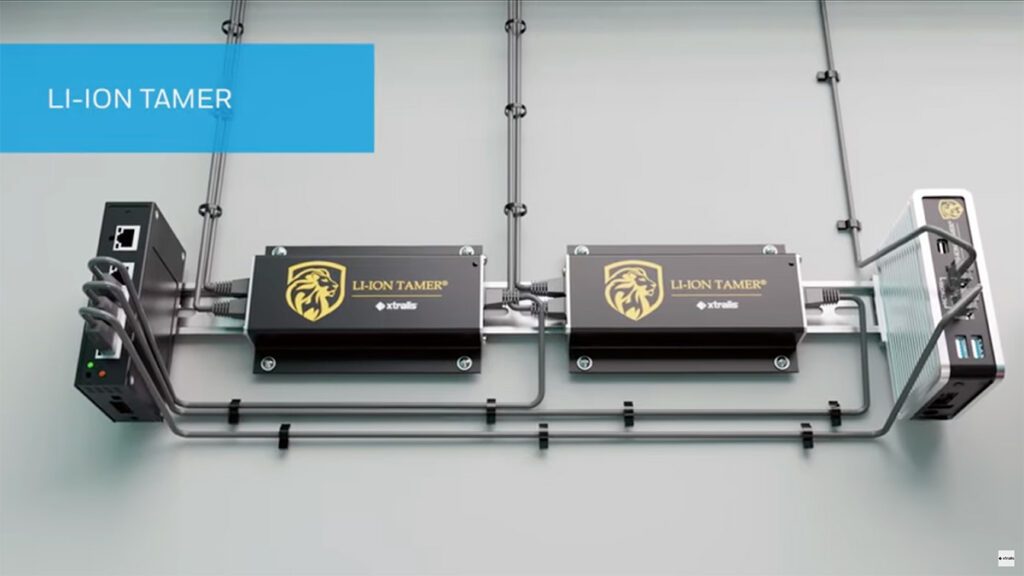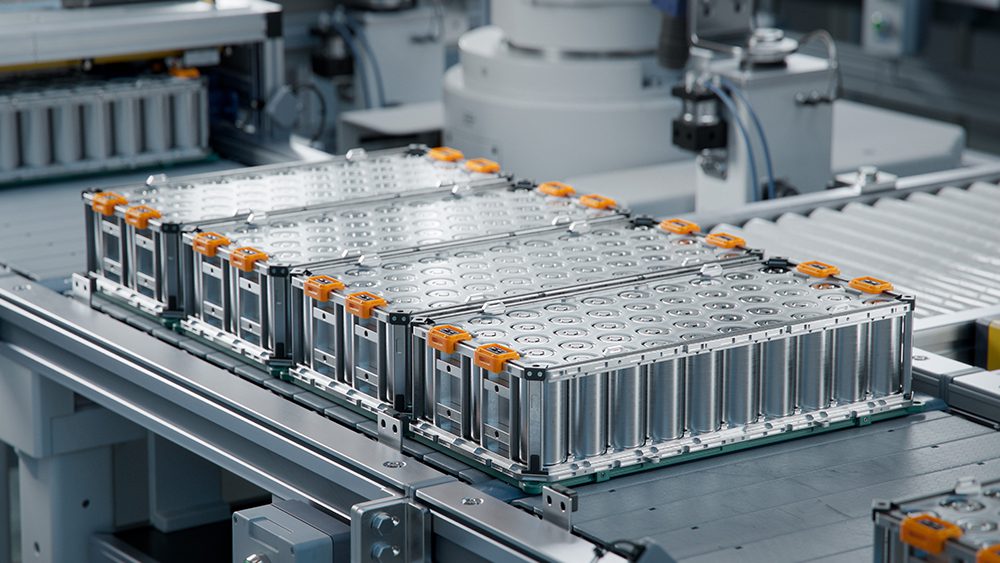As growing EV sales make the headlines, the general public is becoming more aware of the batteries they carry around in their pockets and laptop cases. A recent episode of PBS’s Nova, “Search for the Super Battery,” offers a digestible summary of some of the advances happening in the battery field.
In an attempt to generate excitement, the show may focus a little too much on the safety aspects of batteries. Host David Pogue has great fun demonstrating the terrifying results when lithium-ion batteries are mishandled. We visit laboratories where researchers are pushing batteries beyond their limits, and see repeated shots of batteries bursting into flame or exploding. The average viewer might get the idea that current lithium-ion batteries are highly dangerous contraptions. In fact, real-world safety issues are remarkably rare, considering how many hundreds of millions of batteries are in daily use around the world.
Pogue takes us to a battery production facility where we see the steps that go into making an 18650 cylindrical cell, the industry standard cell that is used to power laptops, power tools – and Teslas. Thin sheets of metallic material, consisting of carefully crafted compounds, are cut into strips, which will form the electrodes – anode and cathode – and a separator that prevents the two oppositely-charged electrodes from touching. These strips are rolled together like a baker’s jelly roll, and encased in a metal cylinder, which is filled with electrolyte material.
Next Pogue takes us to Tesla headquarters in Silicon Valley, where spokeswoman Alexis Georgeson explains how thousands of these wee battery cells are assembled, together with control circuitry, a cooling system and other safety equipment, to form the massive battery pack that propels a Model S at Ludicrous speeds.
Pogue visits the lab of Tufts University Professor Mike Zimmerman, who is working on a battery that uses a solid plastic electrolyte. Most current lithium-ion batteries use a liquid electrolyte, but researchers around the world are diligently working on solid electrolytes, which offer a number of advantages, including higher energy density and improved safety.
Unlike current lithium-ion batteries, Zimmerman’s battery can sustain major damage without any risk of fire. We see Pogue gleefully poking a hole in the battery with a pair of scissors, and (whew!) no flames, Zimmerman has formed a company called Ionic Materials to commercialize his technology.
The final segment of the program explores stationary energy storage. Pogue talks with entrepreneurs who are working on various solutions – some more practical than others – including pumped-water storage and flywheels. Increasingly however, the need for storage is being met by batteries, which are flexible, scalable, and slowly but steadily becoming cheaper. Tesla is a leader in this field – the gigantic battery bank that it recently installed for Southern California Edison in the Los Angeles area was the largest battery storage facility ever built – for a few days, until it was surpassed by another massive project.
Source: PBS, Washington Post



















































































